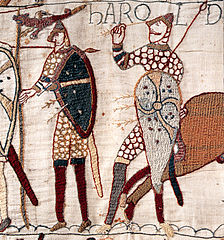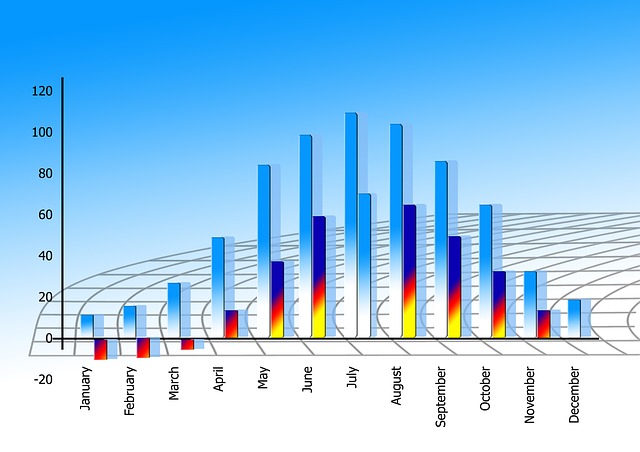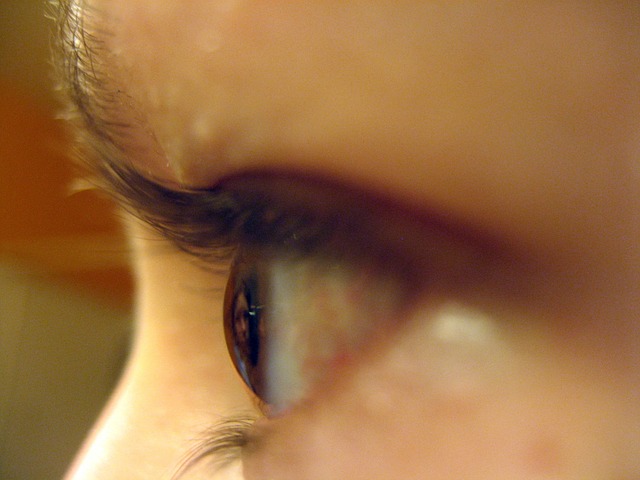Historians were coming to terms today with the apparent discovery of proof that the events shown in the Bayeux tapestry did not unfold as depicted and that in fact the tapestry itself was part of an elaborate cover up. The central element in the claim - for which the researchers argue they have strong evidence – is that Harold did not die during the battle of Hastings and may not even have been present. “Ever since I was a young university graduate I had thought the account of Harold getting shot in the eye was a bit off.” revealed Dr Alan Younis. “It's much more the sort of story that originates in oral myth making.”
Dr Younis went on to say that he has good documentary evidence showing that Harold was alive and well and living in Normandy as late as 1087. Harold, he explained, had always sworn to give his throne to William but the authority of the Witenagemot would never have allowed him to do so. His evidence points to the possibility that between them they hatched a plan allowing them both to get what they wanted.
"William got the throne and Harold was able to enjoy a quiet, anonymous retirement by the coast. Before a certain date the facts are often disputable,” further explained Dr Younis, “and the accounts hard to verify. We know that historians such as Froissart and Ayala tended to serve the victors and flatter them in their histories. These accounts were accepted because independent verification was next to impossible. The same seems to have happened here. Though, clearly, the embroiderers of Bayeux have sewn no more than they were told and that was what was convenient for both Harold and William.” Dr Younis says he thinks it extremely unlikely that this miscarriage of history is unique and intends to examine several other accounts in which there are one or more implausible elements.


 Underlying figures distorted by productivity variable
Underlying figures distorted by productivity variable
 'Rose tinted' lenses to go on sale
'Rose tinted' lenses to go on sale